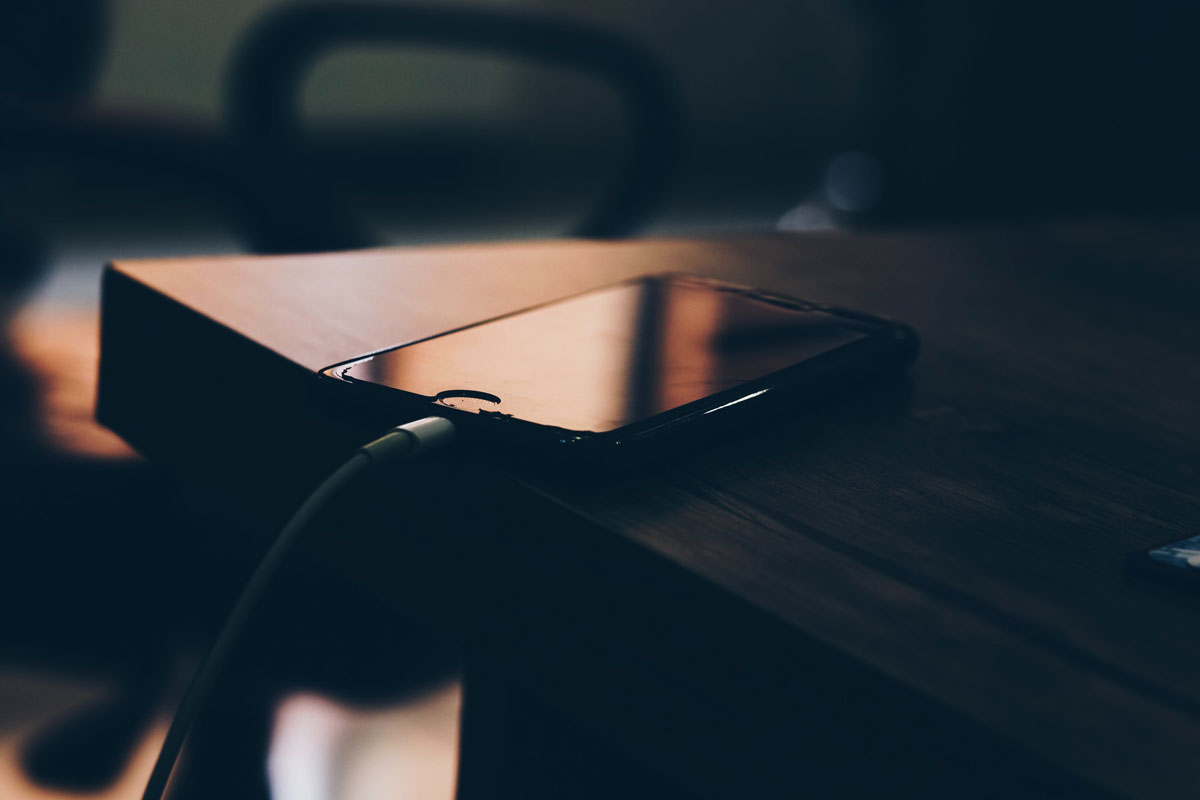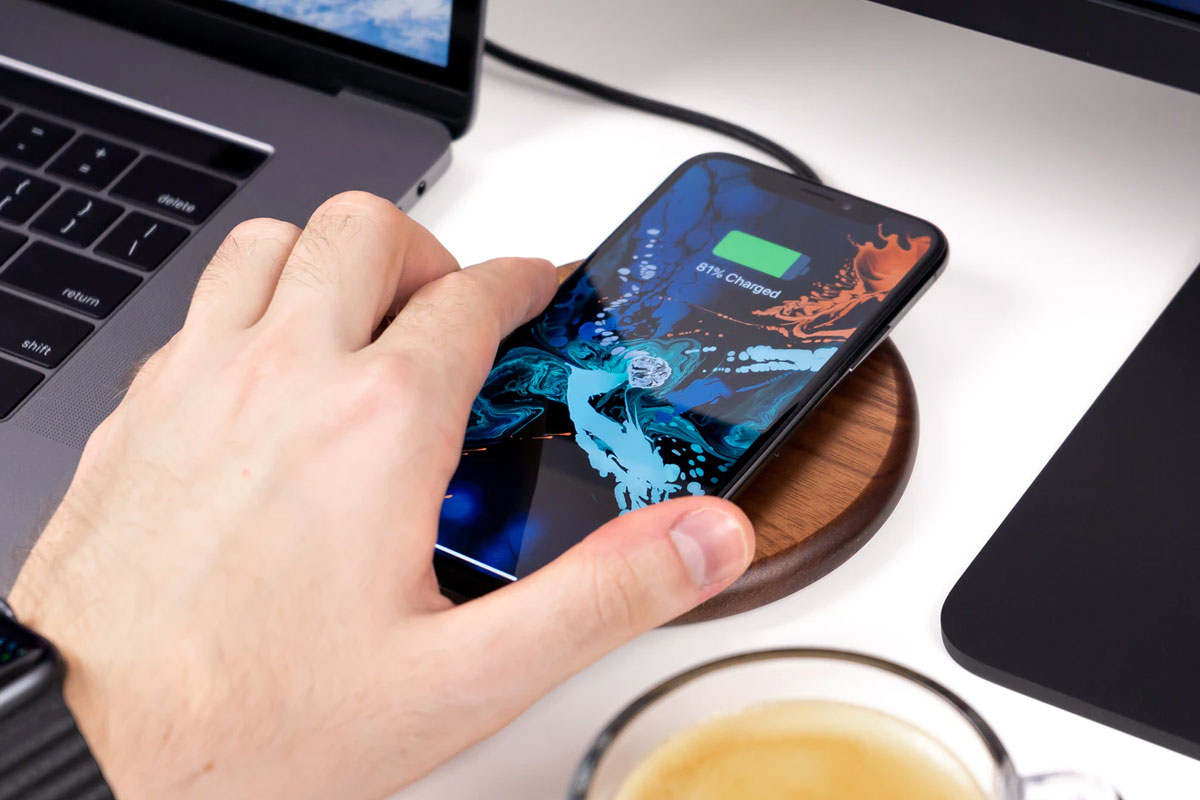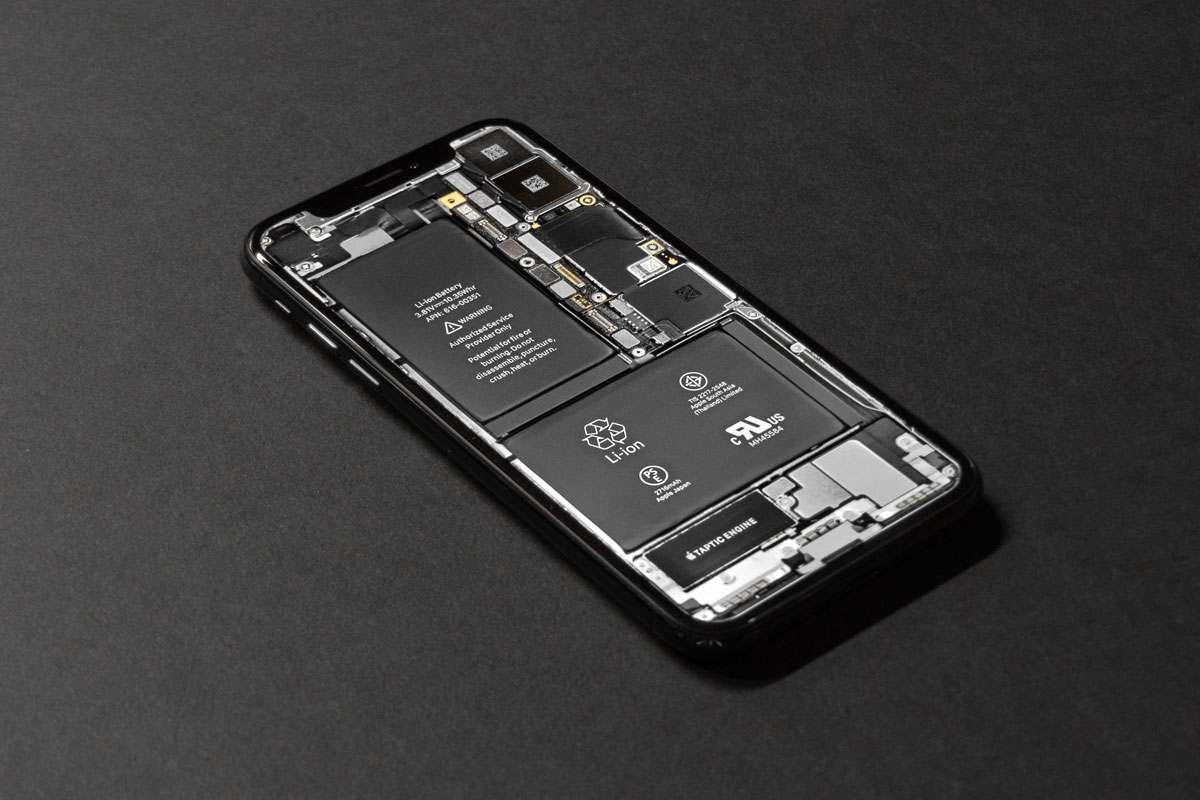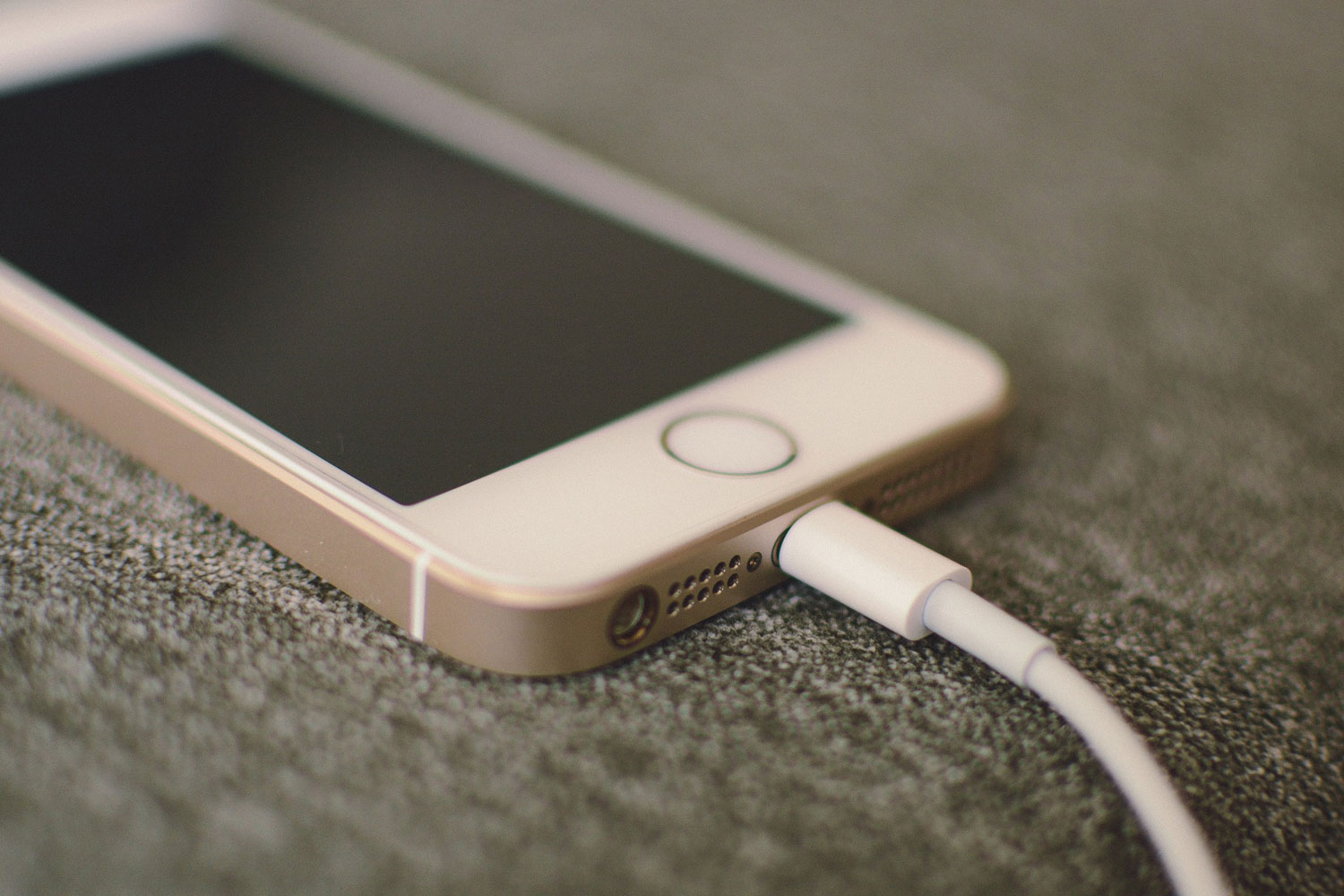How to Properly Charge Your Smartphone
It is natural for smartphone batteries to lose some of their total capacity over time. However, improper charging can shorten your battery life significantly. A lot of the things we put our phones through daily are key contributors to shortening its lifespan. Habits like charging overnight or letting the battery drain to near death before charging again are some of the worst things we can do if we want to keep our phone past the first year or so. Luckily, there are a few things you can do to extend your smartphone’s battery life. Here are a few tips to keep your phone’s battery going strong.
 Don’t Charge Overnight
Don’t Charge Overnight
If you’re like most people, the last thing you do before you go to bed is plug your phone in to charge overnight. In theory, it seems like good practice to charge your phone’s batteries when you’re least likely to use it. As convenient as it is, leaving your phone on the charger all night is possibly the worst thing for your phone’s battery. Lithium batteries charge faster than nickel and alkaline batteries. That is why they’ve become the standard for smartphones today.
Ideally, it should only take an hour or two to charge your battery completely. Therefore, leaving your phone on the charger overnight puts your phone at risk for overheating and shortening battery life over time. Start charging your phone an 1 to 2 hours before bed and turn it off to maintain that level until morning. You’ll wake with your phone correctly charged.
Don’t Charge to 100%
The perfectionist in all of us yearns to have our smartphone batteries charged to 100% every single time. Contrary to popular thinking, lithium-ion batteries perform best when they are not at full capacity. Charging your phone’s battery past 80% adds stress to the battery’s cells. The longer you charge the battery, the higher the voltage, which increases the battery’s temperature and eventually reduces capacity. There are several ways to keep an eye on your phone while it’s charging to make sure you don’t go past 80%. Try battery monitoring apps like Battery Doctor or Battery Monitor Pro to stay on top of statistics and keep your smartphone battery at peak performance.
 Don’t Discharge Below 20%
Don’t Discharge Below 20%
Whether due to the busyness of life or procrastination at its finest, a lot of us fail to charge our phones until it’s near death. There are memes about seeing that dreaded 1% at the top of your phone at the most inconvenient times. As it turns out, your smartphone’s depth of discharge is one of the main factors that determine your overall battery life. Depth of discharge refers to how low you allow your smartphone battery to dip before you recharge. According to Samsung, the lithium-ion batteries in their Samsung Galaxy phones should stay above 20% of charge capacity. Every time you drain your battery too low, you speed up the degradation process and reduce the battery’s ability to hold a charge.
Another thing to keep in mind is that all batteries have a set number of charging cycles they can take before they are no longer able to hold a charge. The average high-end smartphone today has between 500 and 750 battery cycles before it starts to give up. Charging your battery before it gets too low reduces the number of complete charging cycles.
So is there a battery percentage sweet spot to extend the life of your smartphone battery? Ideally, keeping your phone’s battery between 40% and 80% can extend your battery life by up to six months.
Use the Right Charger
If you’re like us, you probably lose your charger more than you lose your keys. When that happens, it’s easy to pick up a new phone charger at the local gas station or grocery store. Today, Apple chargers can cost as much as $35 for the USB cable and $20 for a 5w power adapter. There are much less expensive versions for sale everywhere. However, it can be important to use a charger from the same manufacturer as your phone.
Phone manufacturers are often aware of certain potential failures and malfunctions that may occur with their phone batteries. To remedy this, smartphone companies often build specific fail-safes into their factory phone charges to protect against equipment failures, power surges, and other potentially hazardous behavior. Third-party charger manufacturers won’t have access to this information and often don’t include the same fail-safes in their products. Try to keep up with your factory chargers or purchase a new phone charger from the manufacturer, authorized dealers, or even a used one from eBay or Amazon.
 Don’t Use Your Phone While Charging
Don’t Use Your Phone While Charging
There’s a myth that warns of possible explosions if you use your phone while it’s charging. This statement isn’t exactly true. Talking or browsing on your phone while it’s charging can kill the battery life by adding a lot of stress on internal components. As you can imagine, discharging and charging at the same time could cause your phone to overheat. If you’re charging your phone and you feel that it’s starting to get hot at the charging port, unplug your phone immediately and let it sit until it reaches a reasonable temperature. Moving forward, try to charge your phone at times when you know you’re not going to need it.
Don’t Let Your Phone Overheat
Have you ever left your phone sitting on the dash only almost to burn your hand picking it up? Back in 2016, Samsung recalled over 2.5 million Galaxy Note 7 phones due to the lithium-ion batteries being a potential fire hazard. This string of events all started when a St. Petersburg man’s Jeep caught fire in his garage after leaving his brand new Galaxy Note 7 on the car charger. According to Samsung, the battery overheated due to high temperatures inside the garage, which led to sparking and then fire. Technology has dramatically improved since then. We didn’t write this article to scare you into a tinfoil hat. The likelihood of your phone causing a fire today is very slim. However, it is still wise to practice safer practices every time you charge your phone.
Even if your phone doesn’t completely catch on fire, overheating your battery breaks down the battery’s cells and reduces its ability to hold a steady charge. For safety reasons and to avoid the cost of having to replace your smartphone’s battery, keep your phone in a cool place, especially when it’s on a charger. It may also help to remove any bulky phone cases while charging if your phone tends to overheat from time to time.
 Cost to Replace Your Smartphone Battery
Cost to Replace Your Smartphone Battery
If your smartphone’s battery is too far gone, the only thing left to do is replace it. Replacing your phone’s battery can be costly, depending on the model and whether or not you have phone insurance.
A battery replacement for a late model iPhone could be free if you have active Applecare protection. If you’re one of the many who don’t have Applecare, a battery replacement will run about $69. Samsung Galaxy batteries cost between $50 and $80, depending on the model. You could also try and do it yourself for $25 or less if you’re mechanically inclined.
Keep in mind that installing aftermarket parts could void your smartphone’s warranty. You also run the risk of your parts not functioning as well as those provided by the manufacturer.



